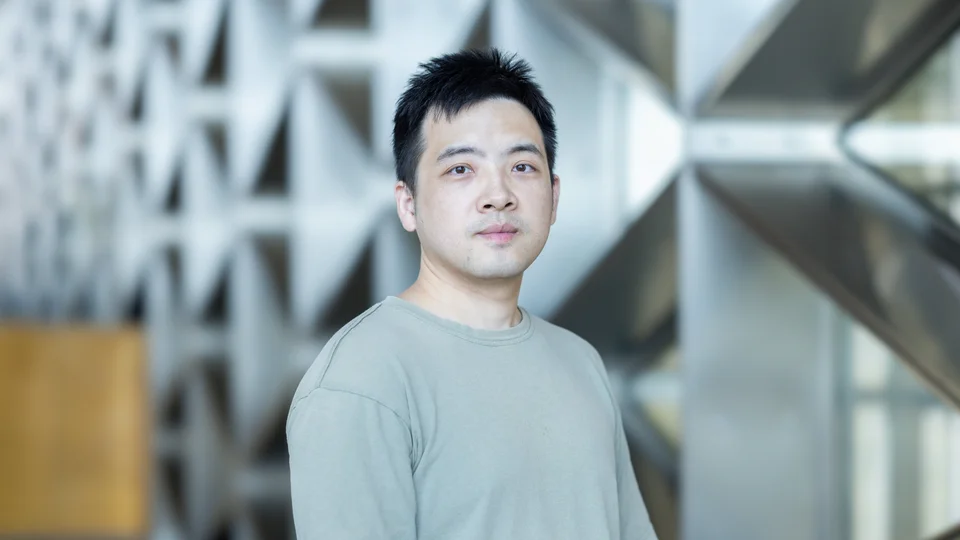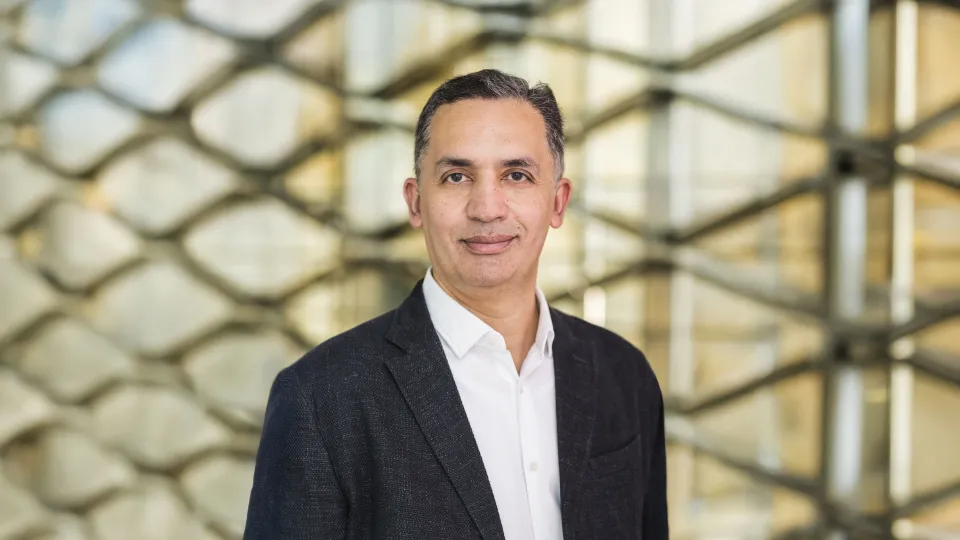
Trustworthy Learning for Multichannel Biosignals: Calibrated Uncertainty, Long-Range State-Space Modeling, and Inverse-Rate Regularization
This thesis advances electrophysiological signal analysis by delivering calibrated probabilities, efficient long-range multichannel modeling, and near-optimal regularization, establishing a practical, principled framework for trustworthy biosignal understanding.
Overview
Reliable machine learning for multichannel biosignals must be both accurate and calibrated, while capturing long-range temporal structure and generalizing beyond the training distribution. This thesis addresses these needs across three complementary contributions spanning methodology, modeling, and theory.
First, we develop calibrated Bayesian frameworks for multivariate biosignals that combine probabilistic inference with post-hoc calibration to deliver trustworthy predictive probabilities. By explicitly modeling epistemic and aleatoric uncertainty, and evaluating calibration using Expected Calibration Error and the Brier score, the approach delivers improved calibration and decision quality with no loss in detection accuracy.
Second, we introduce an adaptive architecture for multivariate biosignals that fuses state-space sequence modeling (Mamba) with dynamic graph learning over sensor channels. The state-space backbone scales linearly in sequence length to model long-range dependencies in multivariate biosignals, while the learned, input-dependent graph captures structured inter-channel relations. Together they deliver consistent improvements on seizure detection, sleep staging, and arrhythmia classification, and ablations show the benefits of long-range temporal modeling and adaptive connectivity.
Third, we propose the inverse-rate regularizer, a theoretically grounded objective motivated by PAC-Chernoff analysis that unifies and extends existing regularization schemes. The resulting estimator induces an implicit re-weighting that balances fit and complexity, improving generalization and often calibration in deep networks. Empirically, the three components are complementary: Bayesian modeling provides well-behaved uncertainties, Mamba-graph architectures supply expressive inductive bias for biosignals at scale, and inverse-rate regularization enhances robustness and out-of-distribution performance.
Taken together, the thesis advances electrophysiological signal analysis by delivering calibrated probabilities, efficient long-range multichannel modeling, and near-optimal regularization, establishing a practical, principled framework for trustworthy biosignal understanding.
Presenters
Brief Biography
Jiahao Hu is a Ph.D. candidate in Electrical and Computer Engineering at King Abdullah University of Science and Technology (KAUST), where he conducts his research in the Information Science Lab (ISL) research group under the supervision of Professor Tareq Al-Naffouri. Jiahao holds a Master of Science degree in Computer Science from EURECOM.

